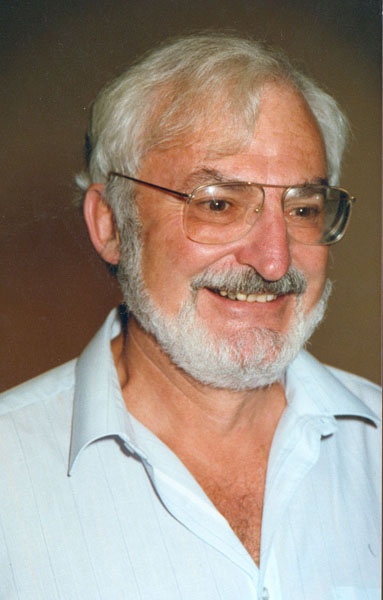ABOUT HEINRICH ROHRER
Many people recognize Heinrich Rohrer as a great physicist who bagged the Nobel Prize in 1986 owing to his tremendous advances in the field. But how much do they know about him? Here are some interesting facts about his life and the advancements in his career:
Early Life
Heinrich came into this world on the sixth of June, 1933 as the third child in the family.Interestingly, he had a twin sister who was half an hour older than him. He recalled his childhood as one filled with fun, freedom, farm work and school. His family spent a considerable amount in Buchs before moving to Zurich in 1949. The change was evident, seeing as they had moved from a farm to the town. However, it is this move that shaped most of his life in physics.

Education
He described his love for physics as accidental. As a young man, his focus had been on natural sciences and classical languages. However, when he registered at the Swiss Federal Institute of Technology two years after moving to Zurich, he felt an inclination to take up physics. He worked with his professors Scherrer, Pauli, and Busch in the following four years before delving into his thesis in ’55.
At the time, he worked under the guidance of Jorgen Olsen who entrusted him with the measurement of length changes in magnetic fields. He realized that the mechanical transducers were very sensitive to vibrations and he thus worked on them in the wee hours when people were fast asleep. His years in graduate school were quite interesting, and he left feeling knowledgeable in a lot of aspects.

Worklife
Six years after graduation, he married Rose-Marie and traveled to the US where he spent two years working on thermal conductivity. In ’63, he got a job offer back home to work in a research lab, and he took up the opportunity.He spent his first years in the lab studying pulsed magnetic fields. His studies eventually led him to research on critical phenomena towards the end of the ‘60s. Heinrich worked closely with K. Muller who had done a lot of research in the critical phenomena field. He started by looking into bicritical behavior before moving on to tetracritical behavior. All this time, Heinrich had the support of his colleagues who taught him a lot about physics. Leaving the lab was quite hard for him, but he decided to discover new territories with the help of Gerd.
Towards the mid-‘70s, Heinrich took up a sabbatical year at the University of California as from ‘74 to’75. Here, he worked with Doctor King and Professor Vince regarding nuclear magnetic resonance. During this time, Heinrich traded experience with them and learned more about critical phenomena. At this time, Heinrich and his wife were proud parents of two girls, Ellen and Doris, who got the chance to tour the USA as he worked on his sabbatical.

He looked back at his time at the IBM Research lab as a period where he enjoyed the freedom to pursue the things that he found interesting. Heinrich loved the help that colleagues in the lab were willing to give as well as their frankness and inspiration. It was thanks to the knowledge that he acquired here as well as in his sabbatical and working years that he created the scanning tunneling microscope in ’82, which significantly impacted the development of nanotech. He became an IBM fellow in ‘86, at the same time that he became a Nobel Prize Winner. He also received an Elliot Cresson Medal in ’87 while working in the physics department.
Heinrich died in 2013, aged 79, owing to natural causes. People refer to him as the father of nanotech as he paved the way for the advancements that we enjoy today. Go back to the future! Explore one of the greatest science of our time



